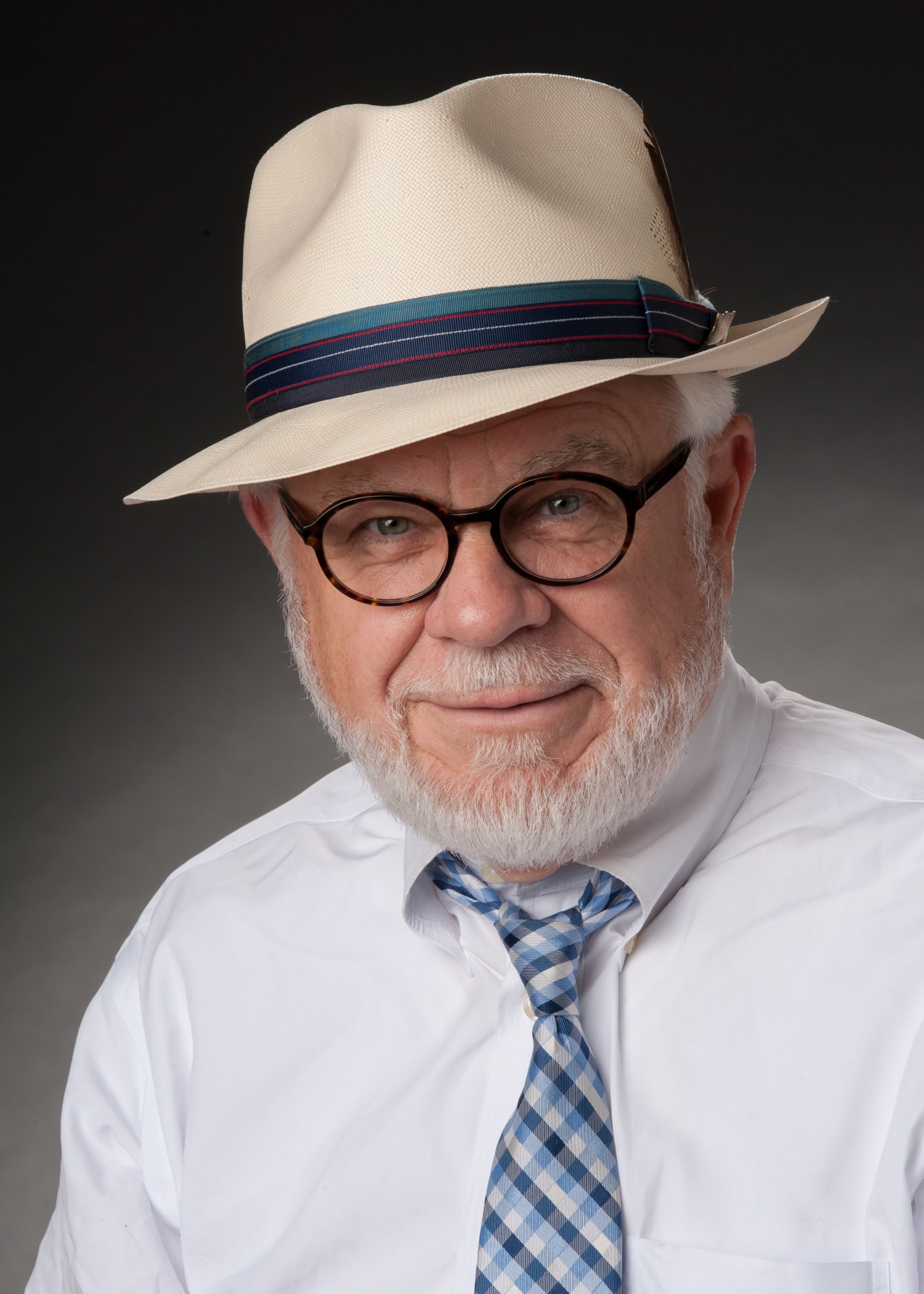By: Keri Tanner
Associate Editor • Focus SB News
Recently, two members of my family suffered strokes—one recognized the signs and got help quickly; the other didn’t. The outcomes couldn’t be more different.
My father was sitting at his computer late one night when he suddenly felt exhausted.
He assumed he was just tired and decided to go to bed. But when he tried to stand, his legs gave out. He called for my mother, who quickly realized something was wrong: he couldn’t speak clearly. His words were slurred.
He was rushed to the hospital, where doctors immediately recognized the signs of a stroke. After confirming there was no bleeding in his brain with a CT scan, they administered a clot-busting medication—what one doctor described as “liquid Draino for the brain.”
Within hours, his speech began to return and the weakness on his left side improved significantly. Though there were risks—including bleeding in the brain and even death—the quick response paid off. He was closely monitored in the cardiac ICU for 24 hours, but less than a day after his first symptoms, he was talking normally again.
Contrast that with my grandmother-in-law. She had similar symptoms, but they weren’t recognized in time. Days passed before she received the medical attention she needed.
Now, over a week later, she remains in the hospital. Her speech is indecipherable, she recently passed her swallow test, and while she can now eat solid food, she still cannot feed herself. Her road to recovery will be long—weeks, if not months—of rehabilitation.
What Is a Stroke?
A stroke—sometimes called a “brain attack”—occurs when blood flow to part of the brain is suddenly cut off or when there’s bleeding in the brain. Without oxygen-rich blood, brain cells begin to die within minutes. This can lead to paralysis, speech problems, memory loss, cognitive issues, and, in severe cases, coma
or death.
Act F.A.S.T.
Every second counts during a stroke. Immediate medical treatment can dramatically improve chances of survival and reduce long-term disability. The key is
knowing what to look for.
Use the acronym F.A.S.T. to recognize the warning signs:
• F = Face Drooping – Is one side of the face numb or drooping? Ask the person to smile. Is it uneven?
• A = Arm Weakness – Is one arm weak or numb? Ask the person to raise both arms. Does one drift downward?
• S = Speech Difficulty – Is the person’s speech slurred or strange?
• T = Time to Call 911 – If you observe any of these symptoms, call 911 immediately. Note the time the symptoms began.
Other Sudden Symptoms to Watch For:
• Numbness or weakness in the face, arm, or leg—especially on one side of the body
• Confusion or difficulty understanding speech
• Trouble seeing in one or both eyes
• Dizziness, loss of balance, or coordination problems
• Sudden, severe headache with no known cause
The Bottom Line
The faster a stroke is treated, the better the outcome. My father is home today because we acted quickly. My grandmother-in-law faces a long, uncertain road, because the signs were missed.
Don’t wait. Don’t hesitate. Learn the signs, trust your instincts, and act F.A.S.T.
